COVID-19: China’s hi-tech methods of censoring coronavirus
A study has found China engaged in sophisticated methods of burying evidence of the coronavirus in late December which may have contributed to the deaths of more than 100,000 people.
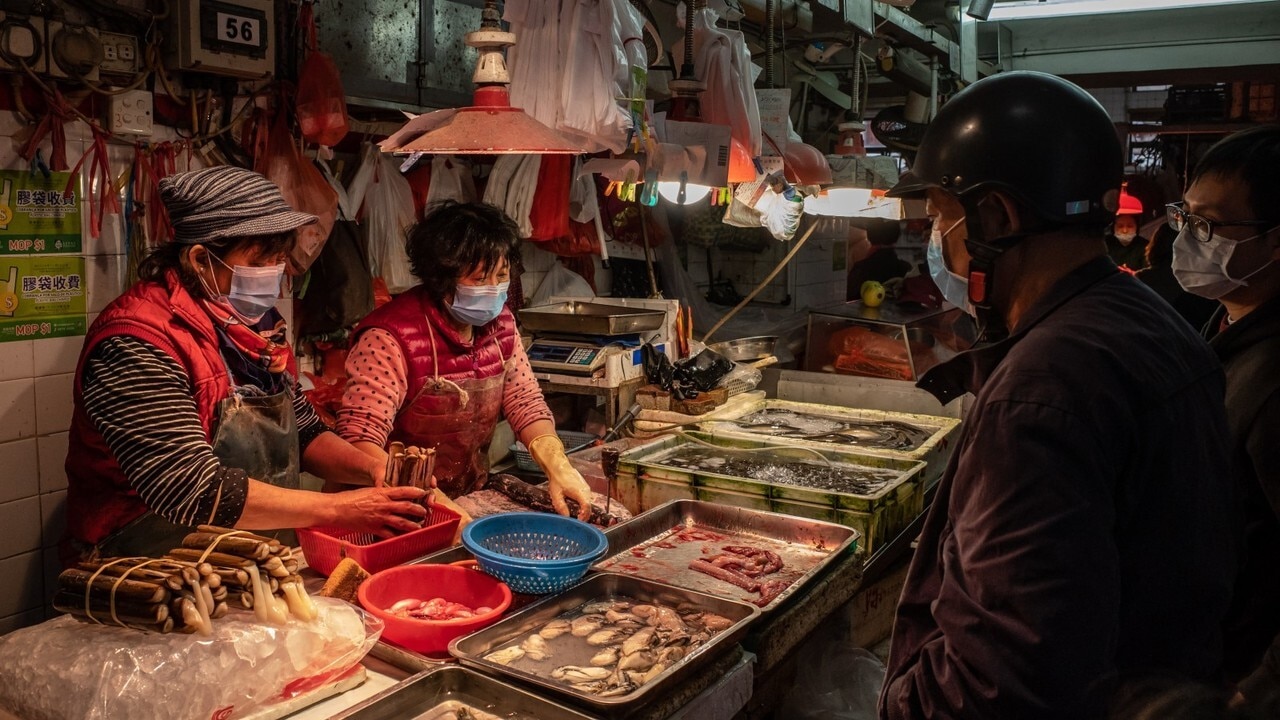
China engaged in several disturbingly sophisticated methods of burying evidence of the coronavirus in late December which may have led to the deaths of more than 100,000 people.
A Special Report by a group of Canadian academics has shed light on the hi-tech methods the Chinese Communist Party used to control the flow of COVID-19 information in the early days of the timeline, revealing hundreds of Chinese citizens were detained or punished by the communist party for “spreading rumours”.
Many are still sitting in jail.
China started by censoring a small WeChat group in December which was run by Dr Li Wenliang who warned of an impending epidemic.
Automatic word and theme artificial technology – implemented by the Cyberspace Administration of China - scoured the social media platform and buried any information raising the alarm.
Dr Li was then jailed and later died from the very illness he tried to warn his countrymen about.
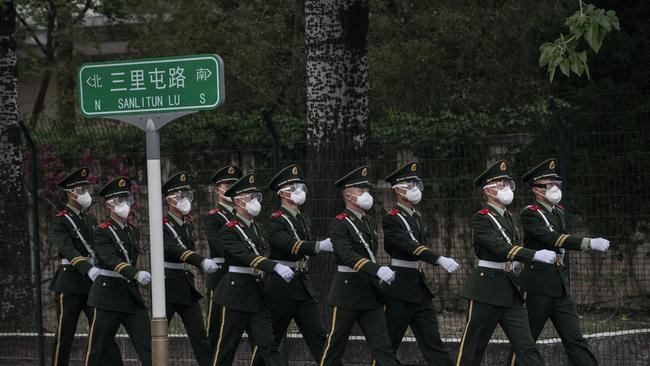
With separate studies finding that the world’s death toll would have shrunk by 95 per cent if China and the World Health Organisation acted just three weeks earlier, the censorship likely killed most of the 125,000 people confirmed dead today.
The report from the University of Toronto has detailed for the first time how sophisticated the Chinese government has become at hiding unflattering or uncomfortable truths.
After censoring WeChat, the communist party turned its attention to streaming platform YY and utilised technology that allowed it to identify both “critical and neutral information” in livestreams.
This meant speech was being policed exactly as it happened.
And the complicated metrics enforced by the regime meant only glowing praise for China leaked into society and by proxy, the world, including bodies such as the World Health Organisation.
“YY, a live-streaming platform in China, began to censor keywords related to the coronavirus outbreak on December 31, 2019, a day after doctors (including the late Dr. Li Wenliang) tried to warn the public about the then unknown virus,” the report found.
“WeChat broadly censored coronavirus-related content (including critical and neutral information) and expanded the scope of censorship in February 2020.
“Censored content included criticism of government, rumours and speculative information on the epidemic, references to Dr. Li Wenliang, and neutral references to Chinese government efforts on handling the outbreak that had been reported on state media.”
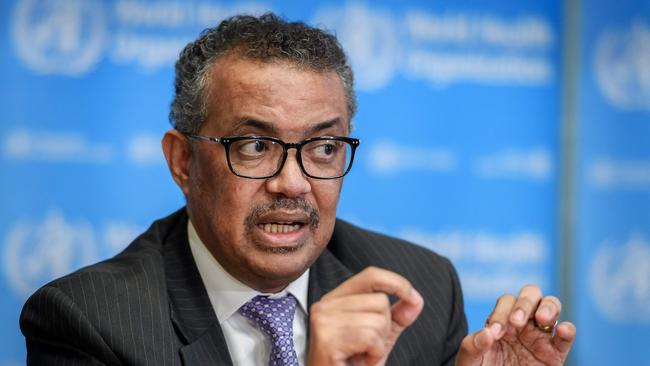
The timeline is important, as discussed in an academic study released by the University of Southampton which found a single delayed week of action resulted in 66 per cent of the world’s deaths while three weeks caused nearly every infection (95 per cent).
And what is even more curious is what the communist party wanted blocked most of all.
“As the doctors tried to raise the alarm about the rapid spread of the disease, information on the epidemic was being censored on Chinese social media,” the report said.
“On December 31, 2019, when the Wuhan Municipal Health Commission issued its first public notice on the disease, we found that keywords like “武汉不明肺炎” (Unknown Wuhan Pneumonia) and “武汉海鲜市场” (Wuhan Seafood Market) began to be censored on YY, a Chinese live-streaming platform.”
The academics sifted through and translated several early police announcements which have since been deleted and found in one week in January, hundreds of people were either detained or fined for breaking party talking points.
“Another announcement points to a much larger number, detailing 254 cases of citizens penalised for “spreading rumours” in China between January 22 and 28, 2020,” the report said.
One such warning is still available on the official Hubei province website (the capital of Wuhan) which warns COVID-19 commentary will be monitored.
“The police will investigate and deal with illegal acts of fabricating, disseminating, spreading rumours, and disturbing social order,” he said.
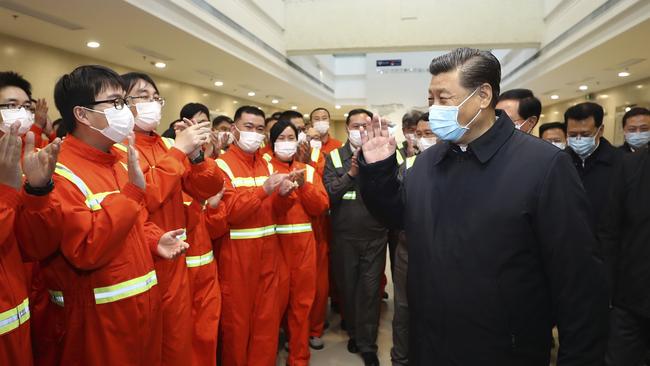
“It is hoped that the majority of netizens will abide by relevant laws and regulations, do not create rumours, believe rumours, or spread rumours, and jointly build a harmonious and clear cyberspace.”
The Canadian academics proved definitively China engaged in censorship through a process known as “scripting chats”.
They replicated the process on test accounts with phone numbers set up in China and in western countries.
Words that managed to be sent to western numbers but were blocked in China were added to a list of censored words and phrases.
“To discover censored keyword combinations on WeChat, we script group chat conversations,” the report said.
“We ran our testing from January 1 to February 15, 2020, from a University of Toronto network.
“Our sample of articles to test were extracted from Chinese state media, Chinese-language news aggregators that post trending articles published by state and commercial media in China, and news websites based in Hong Kong and Taiwan.”
And what did they discover?
“On December 31, 2019, a day after Dr. Li Wenliang and seven others warned of the COVID-19 outbreak in WeChat groups, YY added 45 keywords to its blacklist, all of which made references to the then unknown virus that displayed symptoms similar to SARS (the deadly Severe Acute Respiratory Syndrome epidemic that started in southern China and spread globally in 2003),” the report said.
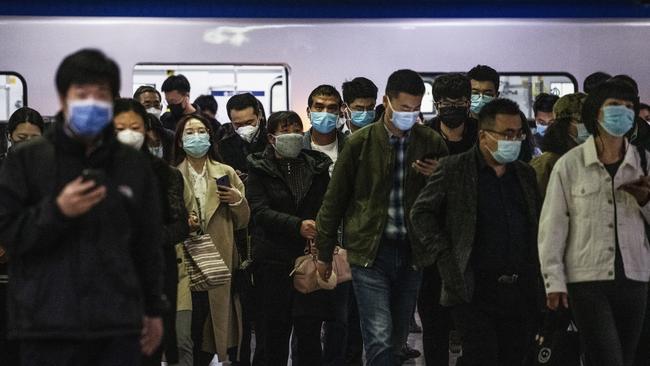
“Among the 45 censored keywords related to the COVID-19 outbreak, 40 are in simplified Chinese and five in traditional Chinese. These keywords include factual descriptions of the flu-like pneumonia disease, references to the name of the location considered as the source of the novel virus, local government agencies in Wuhan, and discussions of the similarity between the outbreak in Wuhan and SARS. Many of these keywords such as “沙士变异” (SARS variation) are very broad and effectively block general references to the virus.”
One of the banned phrases was “Muckraking Wuhan Virus Lab + Successful history of lab director”.
The academics have published the complete list of censored words their experiment uncovered.
The report shines fresh light on the World Health Organisation’s deadly failure to act early after listening to the Chinese Government.
It was warned in December but did not declare a global emergency until January 30.
Questions must be asked about why the information from China was accepted at face value now that we know the truth was buried.
